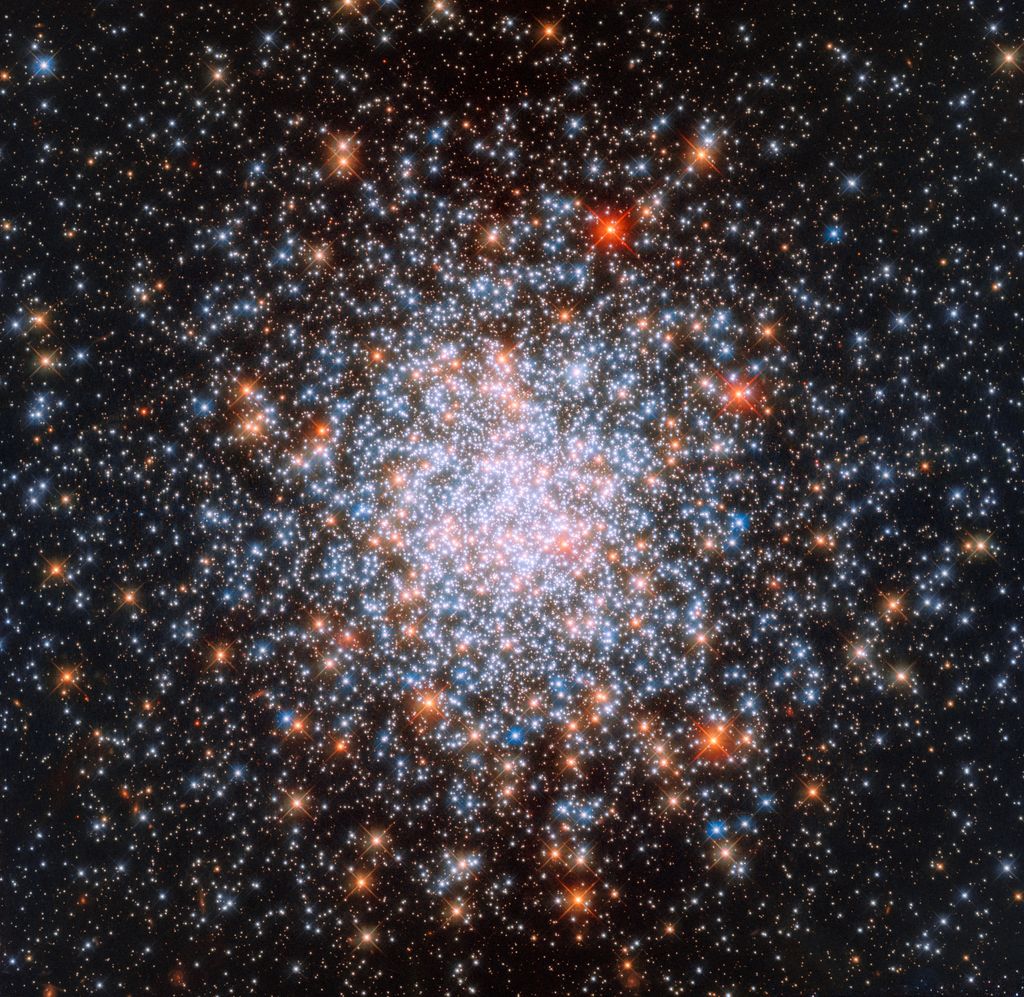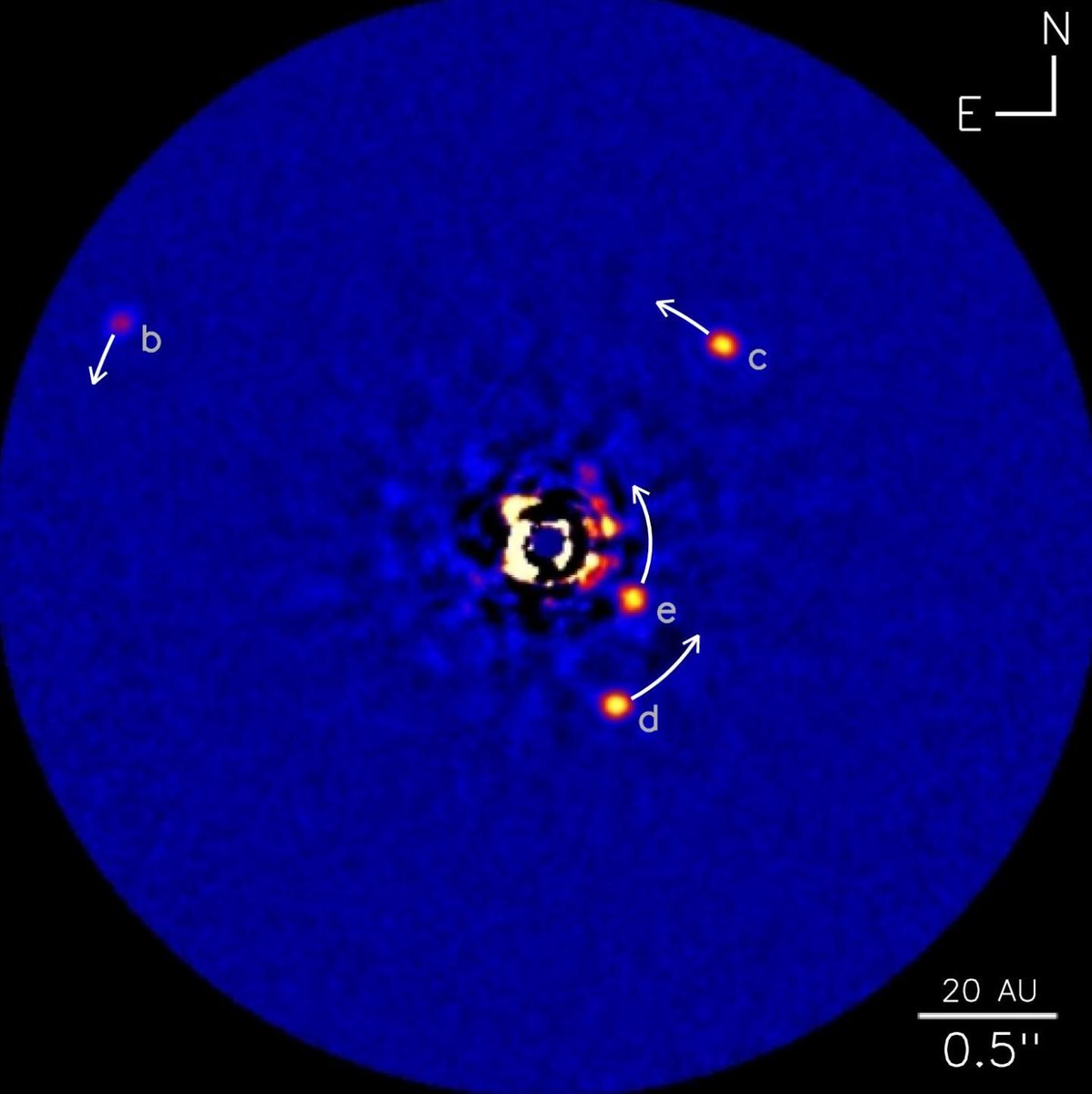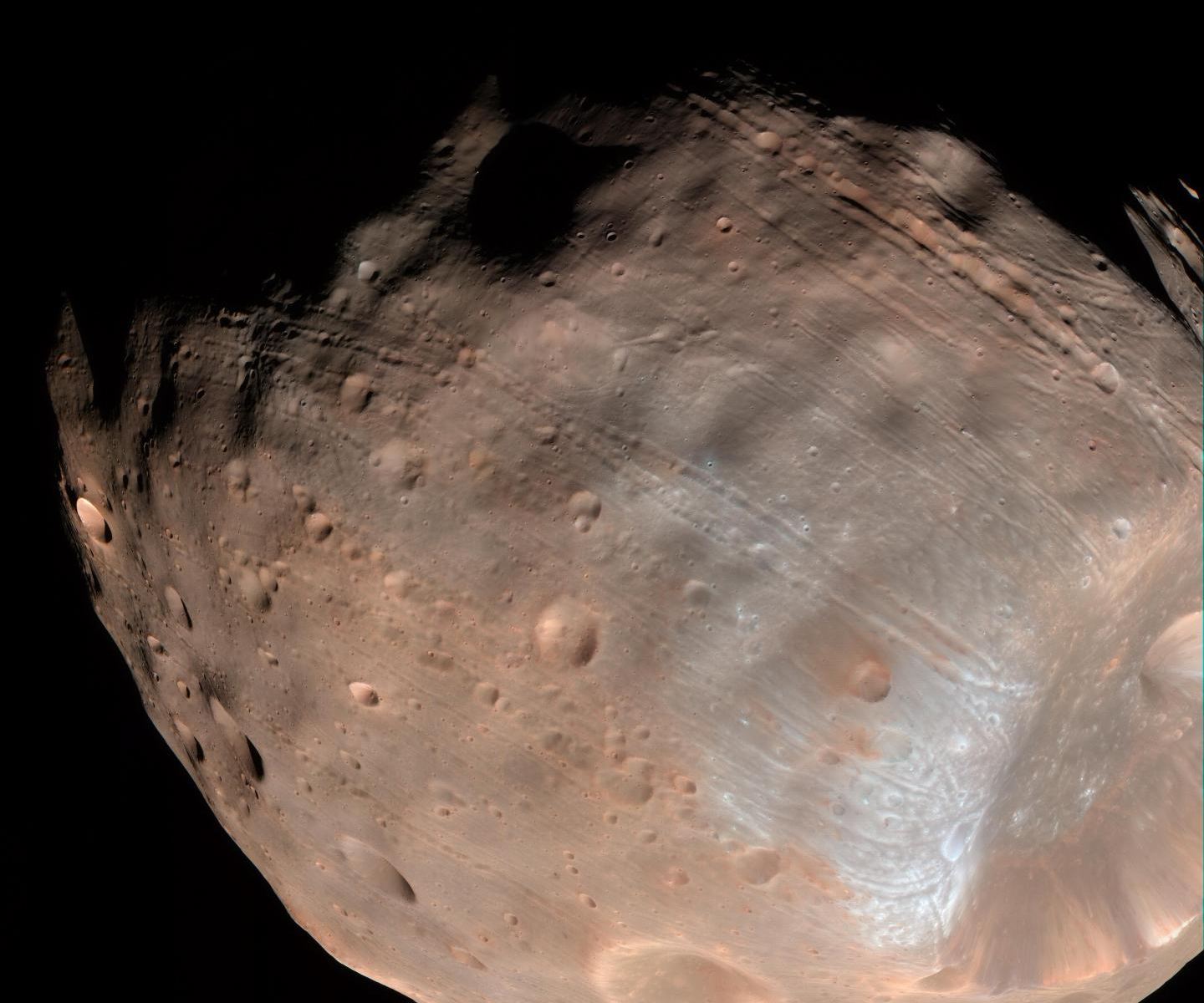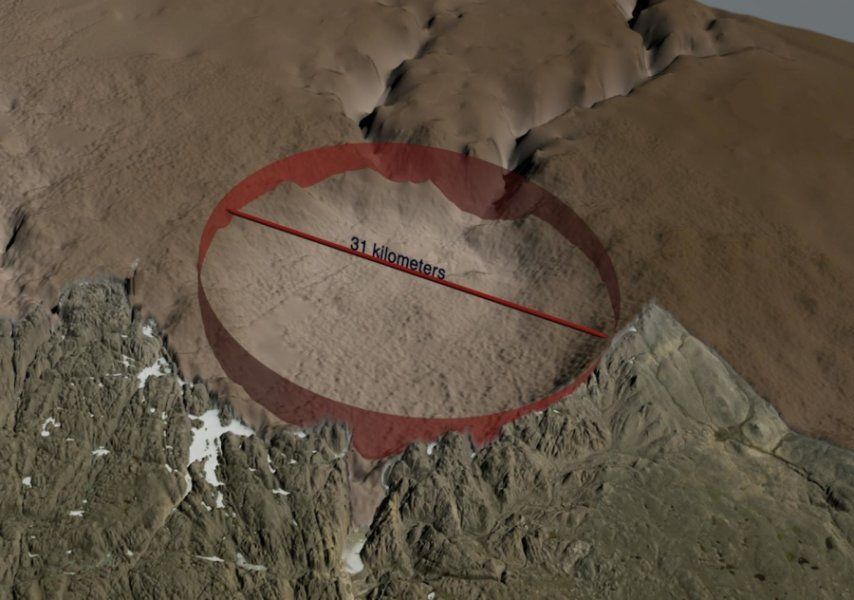NASA keeps a close eye on the bacteria inhabiting the International Space Station with a program called the Microbial Observatory (M.O.) The ISS is home to a variety of microbes, some of which pose a threat to the health of astronauts. As part of their monitoring, the M.O. has discovered antibiotic resistant bacteria on the toilet seat on the ISS.
Continue reading “Antibiotic Resistant Bacteria has been Found on the Space Station’s Toilet”
Now that TESS is Operational, Astronomers Estimate it’ll Find 14,000 Planets. 10 Could Be Earthlike Worlds in a Sunlike Star’s Habitable Zone

How many exoplanets are there? Not that long ago, we didn’t know if there were any. Then we detected a few around pulsars. Then the Kepler spacecraft was launched and it discovered a couple thousand more. Now NASA’s TESS (Transiting Exoplanet Survey Satellite) is operational, and a new study predicts its findings.
We Have the Technology. Airplanes Could Spray Particles into the Atmosphere to Battle Climate Change. But Should We?

If climate change models are correct, humanity is working itself—and dragging the rest of life on Earth with it—into a corner. Scientific pleas to control emissions and battle climate change are starting to have some effect, but not enough. So now we have some tough decisions looming.
Hubble’s First Picture After Returning to Service. The Telescope is Fully Operational Again with Three Working Gyros

The Hubble Space Telescope is a hero in the astronomy world. And when it suffered a malfunctioning gyro on October 5th, it took a heroic effort on the part of the Hubble team to get it working again. Now we have Hubble’s first picture after its return to service.
Continue reading “Hubble’s First Picture After Returning to Service. The Telescope is Fully Operational Again with Three Working Gyros”
Some of the Stars in this Cluster are Almost as Old as the Universe Itself While Others Formed in a Second Generation. It Looks Young and Old at the Same Time

Star clusters are not rare. They’re one of the most common arrangements of stars in the Universe. But star cluster NGC 1866, as seen in this image from Hubble, is different than its brethren. Most clusters are populated by stars the same age, BUT NGC 1866 is like an all-ages club.
Continue reading “Some of the Stars in this Cluster are Almost as Old as the Universe Itself While Others Formed in a Second Generation. It Looks Young and Old at the Same Time”
Europe’s Vision of a Future Moon Base. Made out of Moon Dust.

We all know that the time is past due for a Moon base. But the cost of sending everything needed from Earth to build a base is prohibitive. Earth’s gravity well is too deep and too strong to get everything there with rockets. So what’s the solution?
Continue reading “Europe’s Vision of a Future Moon Base. Made out of Moon Dust.”
Astronomers Detect Water in the Atmosphere of a Planet 179 Light-Years Away

Gathering detailed information on exoplanets is extremely difficult. The light from their host star overwhelms the light from the exoplanet, making it difficult for telescopes to see them. But now a team using cutting-edge technology at the Keck Observatory has taken a big leap in exoplanet observation and has detected water in the atmosphere of a planet 179 light years away.
Continue reading “Astronomers Detect Water in the Atmosphere of a Planet 179 Light-Years Away”
It’s Decided, the Mars 2020 Rover Will Land in Jezero Crater

Jezero crater is the landing spot for NASA’s upcoming 2020 rover. The crater is a rich geological site, and the 45 km wide (28 mile) impact crater contains at least five different types of rock that the rover will sample. Some of the landform features in the crater are 3.6 billion years old, making the site an ideal place to look for signs of ancient habitability.
Continue reading “It’s Decided, the Mars 2020 Rover Will Land in Jezero Crater”
Strange Grooves on Phobos Were Caused by Boulders Rolling Around on its Surface

Back in the 1970s, NASA’s Mariner and Viking Missions were sent out to explore other planets in our Solar System. All three of them (there were two Viking missions) captured images of Mars’ moon Phobos during their travels. They were our first images of the tiny, potato-shaped moon, and the images held a mystery: strange linear grooves on the moon’s surface.
Continue reading “Strange Grooves on Phobos Were Caused by Boulders Rolling Around on its Surface”
Huge Asteroid Impact Crater Found Just Under the Ice in Greenland

An international team of scientists have discovered what lay hidden under Arctic ice for thousands or even hundreds of thousands of years. Using data primarily from NASA’s Operation IceBridge, they discovered one of the 25 largest impact craters anywhere on Earth. And its discovery may re-ignite an old climate debate.
Continue reading “Huge Asteroid Impact Crater Found Just Under the Ice in Greenland”

